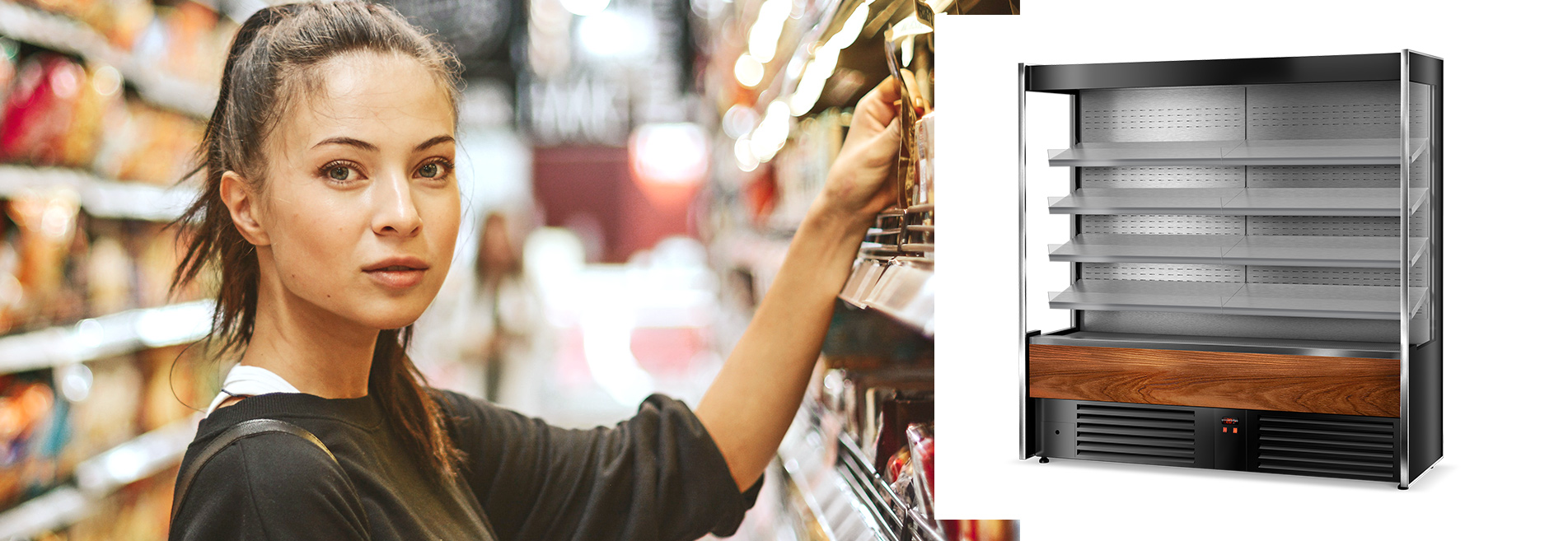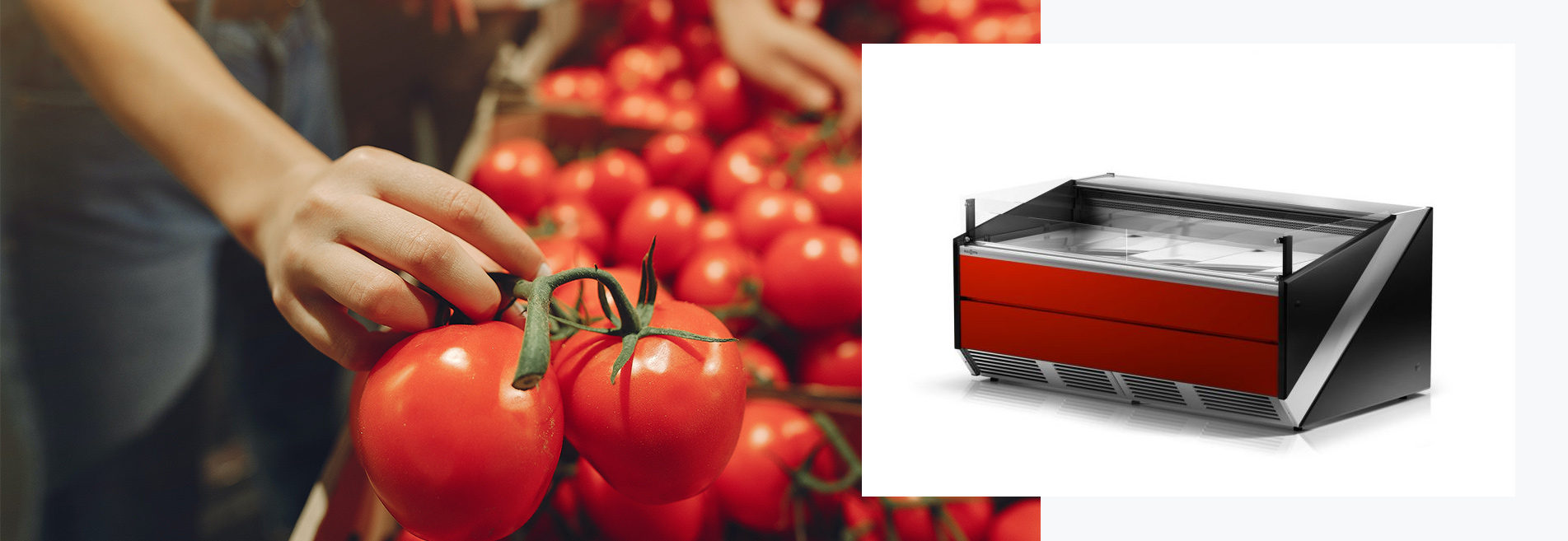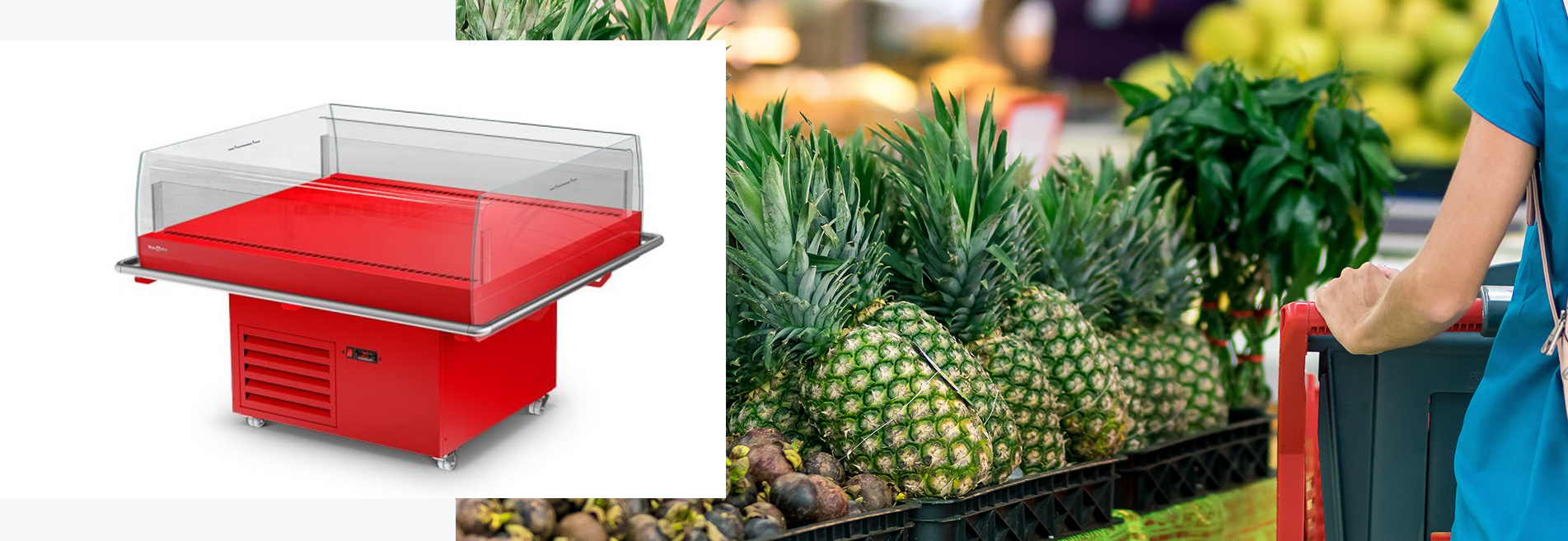

We like to think that we follow logic when shopping. The truth, however, is a bit different. Many elements of marketing reach us in a way that we do not notice and cause subconscious, often irrational decisions.
Watching your customers move around the store, where they come back and which places they avoid is the best way to grow your business. Such observations will show not only the behavior of new people, but also the habits of regulars with whom it is worth building lasting relationships. Why should you ensure a shopping experience in your store?
Thanks to your observations, you will be able to make small changes that can be of great importance in the long run.
Consumers are changing, and so are their behaviors
According to Deloitte, the pandemic has significantly changed our purchasing behavior. For the "new consumer" what matters most is the freshness of the products he buys. The price and speed of service were relegated to the background. We spend more time at home, so we also want to eat healthier.
78% of the surveyed consumers declare that they read and analyze the ingredients of the products. They appreciate those described as organic and locally produced. Especially when we buy raw products such as vegetables, fruit or meat. So keep an eye on which products your customers buy most often and ensure fresh delivery.
But what if the pandemic causes the consumer to come less often (and still expect fresh produce)? The answer is: appropriate devices that will allow you to maintain the cold chain, that is, constantly ensure the right, low temperature. Cold stores in the back and the right display devices in the store are the key to keeping the products fresh.

We like to use specialized stores
Take into account that most consumers buy from several stores, even if all products are available in one place. Bread from a local bakery, meat and cold cuts from a trusted butcher - all this proves that we associate quality with specialization.
Therefore, each of these industries will find dedicated refrigerators and display windows for displaying a given type of products on the market. From refrigerated counters for meat and dairy products, through shelves and cooling islands to confectionery display cases.
We save, but we don't want to deny ourselves the pleasure
We try to manage the household budget well. However, it is worth knowing that most consumers allow unplanned expenses when shopping for food. How to use it in the store? Take care of an attractive offer and proper display of seasonal products.

3 out of 4 customers make a purchase decision while they are in the store (it only takes 7 seconds!). Therefore, it is worth offering at least some products in a self-service system (on refrigerated shelves or in islands) and in the best-selling checkout space. A customer who has the freedom to choose - often encouraged by the fact that he can pick up a product - is more likely to decide to buy.
Use the power of brands
Research shows that 1/3 of purchasing decisions are made under the influence of the color of the product packaging. In the mind of the consumer, there is a close relationship between quality and what the packaging looks like. Apart from a legible label, which he analyzes, he unconsciously undergoes the influence of colors:
- red draws attention, it appears most often during promotions,
- reserve purple for premium, more expensive products,
- blue inspires trust, but also makes us behave more responsibly,
- brown has a relaxing effect on us,
- gold suggests high quality and luxury, but can also make us feel hungry,
- we associate black with elegance,
- white suggests that something is clean or low-calorie (e.g. light products),
- we associate yellow with happiness and energy to act.

Consumers subconsciously tend to buy products in bright and more colorful packaging (this especially applies to younger people). Remember, however, that depending on where the customer is located, the colors will affect them differently.
This is important to keep in mind during a pandemic (and not only)
The pandemic has changed the way we shop. Consumers often need help from you and a signal that you care about their health and safety. Clearly communicate important places in the store (such as a place with a disinfectant dispenser, markings of distances between buyers).